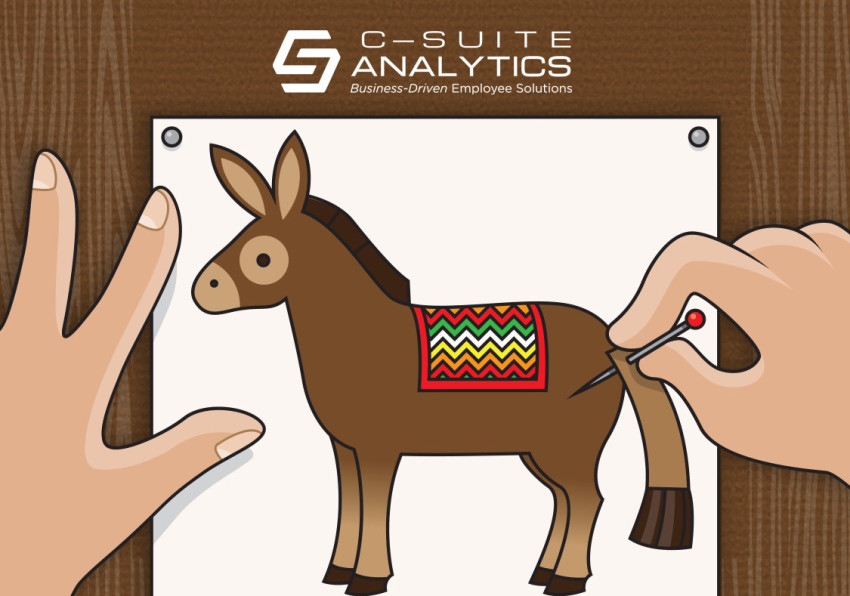Really bad according to a new study. A change in employment creates 50% of the stress of a divorce and 50% more than quitting smoking. So let’s ask ourselves what could be SO bad that they are willing to go through half of the same stress level as if they were getting divorced? They can’t all be leaving for just for pay or better opportunities.
What Piece Is Missing For HR Professionals?

Let’s look at a shockingly stark contrast that applies to all of us in Human Resources and Recruiting. Here is a summary of what CEO’s say they need most from a few recent studies and publications:
• SHRM: Top challenge last two years, “Retention”
• Harvard Business Review: Top thing CEOs worry about is “talent management”
• KPMG: 99% of global CEOs named top challenge as “developing talent”
• Inc Magazine: The biggest challenges these CEOs face every day…”attracting and retaining talent”
• The Economist: “Talent has always been important but now it needs to become an inseparable part of business strategy on par with technology and finance
• Fortune: Biggest challenge facing businesses will be “lack of qualified labor”
• Chief Executive Magazine: “75% of CEOs say recruiting and retaining key talent is their top business challenge
Notice that every single one is about the work we do.
The fact is OUR human resources work is now the most important work, more than the work done by sales, service, or technology. We are in the bullseye and have to produce. And while we accept this challenge/opportunity/burden, a recent study of HR professionals reveals that the top assignment from the CEO list is one we don’t know how to fulfill: improving engagement and retention. And retention is not only the solution to keeping good workers but also to reducing the number of open jobs.
In other words, it’s OUR time…but the thing our CEOs want us to do most, we don’t know how to.
Those who are familiar with our work can anticipate what I write next, that (1) voluntary quits are approaching our all-time high, (2) engagement per Gallup has been completely stuck for 17 years, (3) that only 33% of our employees at best are giving their all, and (4) the culprit here is surveys, engagement and exit, because we believe data identifies easy solutions…but data only provides data, not solutions.
Imagine cutting your turnover by 43%, 45%, or 67%…and the impact this would have on reducing open positions, improving engagement/productivity/profitability, and obviously reducing employee turnover. Our most recent three clients achieved these turnover reductions by implementing sound solutions…and “sound” in this case means business-driven…by applying the principals of Finnegan’s Arrow in their organizations which include: Dollars, Goals, Stay Interviews, Forecast and Accountability. Notice there are no town hall meetings, employee appreciation days or other initiatives typically asked of HR.
Stay Interviews put HR in the driver’s seat by addressing each employee’s needs as individuals, as people, and as people who need to trust their direct supervisors. Building trust with employees and having managers, not HR, accountable for their people directly affects productivity and the bottom line, something your CEOs and leaders will respond to.
Stay Interviews are a piece of the bigger business-driven solution.
Stay Interviews without goals and forecasts become flavors of the month, whereas your executives must build in accountability for retention, engagement, and building the right, individualized stay plans so employees feel valued, recognized, appreciated…and accommodated when possible. One employee vowed to stay longer because he asked for and received permission to start work an hour early and end an hour early, but only on days when his son has a little league game. What employee survey will tell you that?
HR does have the solution – Stay Interviews
When your CEO asks you to solve his/her biggest concerns, with Stay Interviews and Finnegan’s Arrow, you can say you already have by implementing this business-driven solution.



